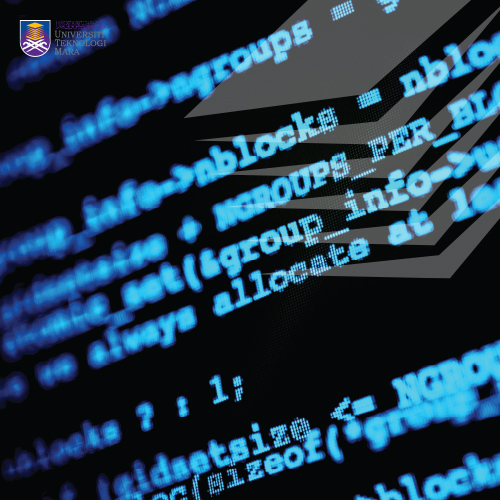About this Course
Course Description
This course is designed to provide an overview of the development, implementation and current issues of audit and investigation. It provides an understanding of the concepts and principles in audit and investigation. Topics discussed include auditor’s responsibility, audit planning, control issues, assurance services and impact of technology in audit and investigation process. It also examines the audit and investigation practice and methodology within the statutory and regulatory requirements and behavioral aspects of audit and investigation.
Course Learning Outcomes
1 ) Demonstrate values in task related to professional and ethical framework on audit and investigation. (A3)
2 ) Demonstrate effective interpersonal skills in task related to reports on audit engagements on audit and investigation. (A4)
3 ) Evaluate audit findings and any inconsistencies on internal control system in relation to audit and investigation. (C5)
Course Details



STATUS : Open DURATION : FLEXIBLE EFFORT : 3 hours per week MODE : 100% Online COURSE LEVEL : Intermediate LANGUAGE : English CLUSTER : Business & Management ( SP )





